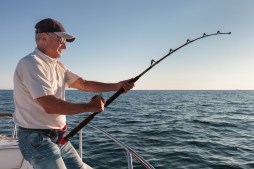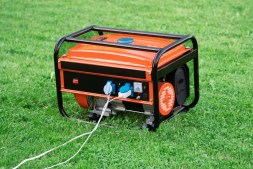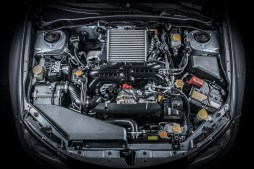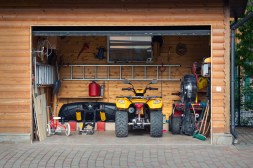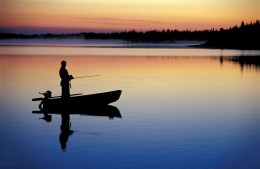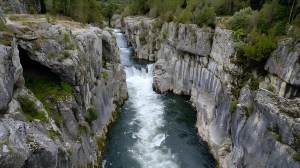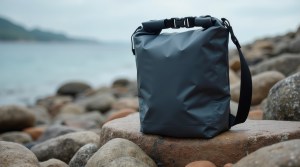Mastering River Fishing: Effective Tactics for Catching Trout and Salmon
River fishing can be both an exciting and rewarding experience, especially when targeting species like trout and salmon. Whether you’re a beginner or a seasoned angler, understanding effective tactics can significantly improve your success on the water. This article will guide you through various techniques that can help you master river fishing for these popular fish.
Understanding the Behavior of Trout and Salmon
To effectively catch trout and salmon, it’s crucial to understand their behavior in river environments. Trout often prefer cooler waters with plenty of oxygen, typically found in streams or rivers with flowing currents. They tend to hide behind rocks or in undercut banks where they feel safe from predators. On the other hand, salmon are known for their migratory patterns; they travel upstream during spawning seasons, making certain times of year ideal for fishing them. Knowing when and where these fish feed is key to deciding your strategy.

Choosing the Right Gear: Rods, Reels, and Lines
Selecting appropriate gear is essential for successful river fishing. For trout fishing, a light to medium action rod measuring 6-7 feet is recommended for better sensitivity while fighting smaller fish. A suitable reel paired with 4-8 lb test line works best in clear waters where finesse matters. For salmon, heavier gear is often necessary due to their size; a medium-heavy rod ranging from 7-9 feet is ideal along with a reel that can handle 10-20 lb test line. Matching your tackle with the target species improves hook setting and landing chances.
Effective Bait Selection: Natural vs Artificial
When it comes to bait selection, both natural baits like worms or minnows and artificial lures such as spinners or spoons work well for trout and salmon depending on conditions. During warmer months when insects are abundant, using flies that mimic local hatches can lead to successful catches; streamers work well too. For salmon anglers targeting them during spawning runs should consider using larger baits like skein (roe) or plugs that attract their attention as they move upstream.
Casting Techniques: Drifting vs Casting
Using proper casting techniques enhances your ability to present bait effectively in rivers. Drifting involves allowing your bait flow naturally with the current while maintaining enough tension on the line—this mimics natural prey movement which entices fish strikes. Alternatively, casting allows you cover more water by targeting specific areas such as eddies where fish may congregate after feeding on debris brought by currents.
Seasonal Considerations: Timing Your Fishing Trips
Timing plays an important role in river fishing success since both trout and salmon have peak feeding times based on seasons & weather patterns. Spring tends to offer great opportunities due its increased insect activity; likewise fall signals migration periods making it prime time for catching salmon heading upstream towards spawning grounds. Always check local regulations regarding seasons & limits before planning trips.
By mastering these effective tactics—understanding fish behavior; choosing appropriate gear; selecting effective baits; utilizing proper casting techniques; being mindful of seasonal changes—you’ll enhance not only your skills but also increase enjoyment while pursuing trout &salmon. So grab your gear & head out into nature’s playground—the rivers await.
This text was generated using a large language model, and select text has been reviewed and moderated for purposes such as readability.

